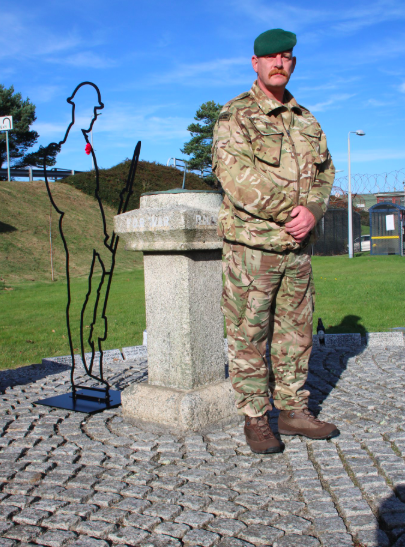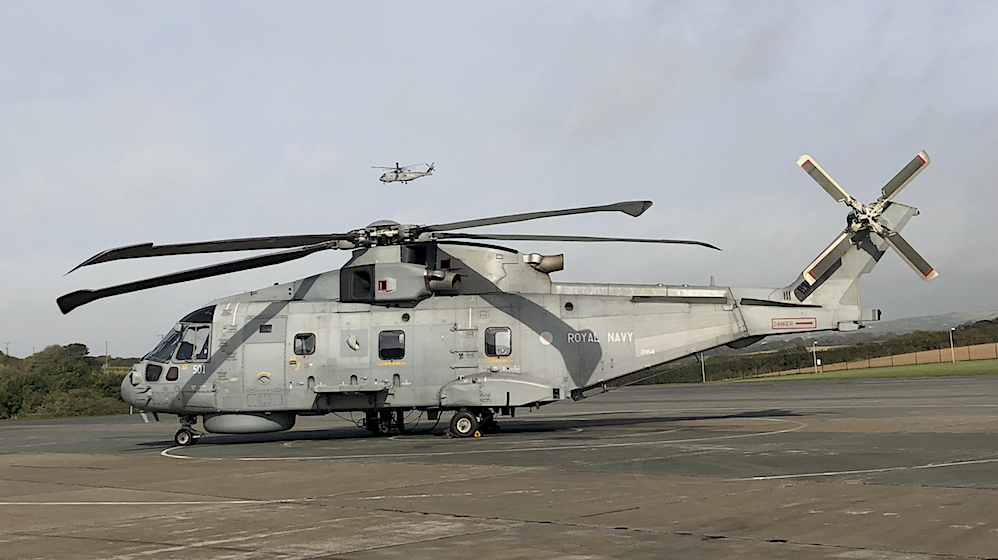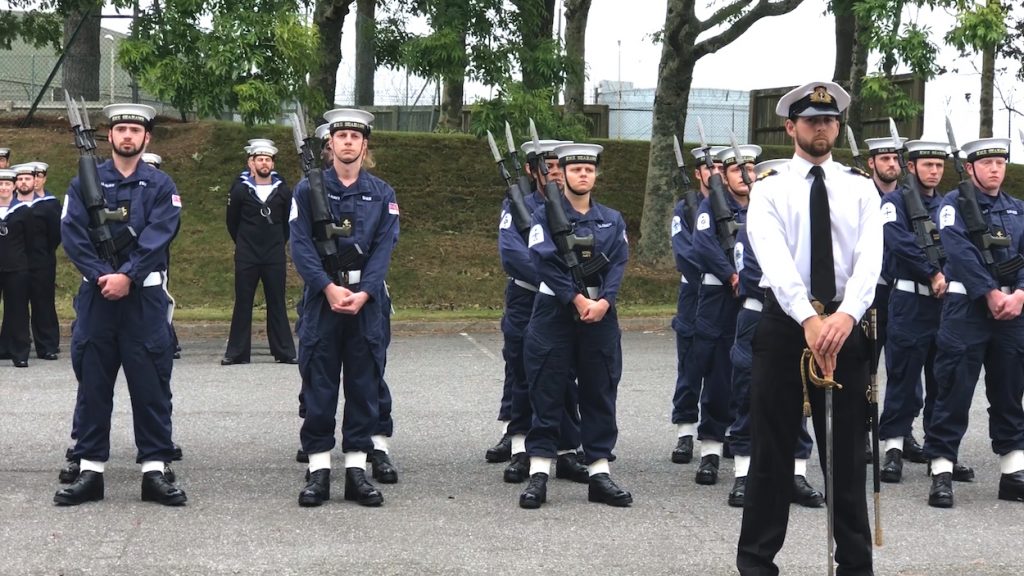Living under the flightpath of Royal Naval Air Station Culdrose, you get used to the sounds of Hawk jets and Merlin helicopters taking-off and landing at all hours of the day. Yet, when you step behind the chain-link fences of the air station, it is not the sound but the feeling of these aircraft that grabs you. The vibrations of rotor blades echoing in your chest and the rush of jet engines fill your ears.
Though not as visible to the public as the constant swarm of aircraft taking off and landing at the air station, the training capabilities at RNAS Culdrose, on the Lizard Peninsula, are integral to shaping the next generation of Fleet Air Arm personnel.
From aircraft handling at the School of Flight Deck Operations, to weapons system management at the Ground Defence Armoury, RNAS Culdrose’s training facilities are vital to the Royal Navy’s front-line defences.
One person ensuring that Royal Navy personnel at RNAS Culdrose stay fit to fight and training the next generation of Royal Naval personnel is Leading Physical Trainer (LPT) Anthony Underwood; who joined the Navy in 2010 in the Warfare branch, where he spent seven years as a Warfare Specialist before transferring to the Physical Training (PT) branch.
LPT Underwood’s role as a Physical Trainer helps to shape and uphold the respected image of the Royal Navy. By laying the groundwork for physical discipline and conduct during training, PTs like Anthony provide sailors with transferrable skills that they can take out of the gym and into their Navy careers.
The old-fashioned notion of the red-faced PT yelling in the face of a trainee is just a stereotype, LPT Underwood says: “Walking around and shouting at people to ‘drop and give me 20’? It’s a bit of a myth. I wouldn’t say we ever give anything to anyone that isn’t constructive.”
In fact, Anthony says there’s more of a focus nowadays on PTs taking on a coaching role, which he believes is better for getting personnel involved with sport and leaving a lasting impact.
He said: “[Coaching] gives personnel a lasting routine after basic training, which helps to maintain their physical fitness during their career. Some people may go on to serve 25 years or more so, to have that basic knowledge and basic fitness, it’ll all contribute to operational capability.”
The discipline that LPT Underwood instils in personnel is utilised by Petty Officer Kenneth Fischer, who is instrumental in keeping Royal Naval traditions intact and who deals with all the ceremonies and parades at RNAS Culdrose.
Ceremonies such as Freedom parades, Wings parades and State Ceremonial duties like royal weddings, demonstrate to the public the pride and strength of the military and help to instil in personnel the principles of determination and discipline.
At RNAS Culdrose, whenever an event such as the Freedom of Helston comes along, it’s P.O Fischer who shoulders the responsibility to get personnel ready for parade.
He explained: “It’s my job to get them together, issue the kit to them, and make sure they’re all in the right place at the right time and dressed correctly. For a parade, I teach the personnel to march, I make sure they’re in time.”
While P.O Fischer has been in the Royal Navy since 2007, he has only been a Petty Officer for four months; this year’s 60th anniversary Freedom of Helston parade was his first ceremony in his role as a Petty Officer.
However, training at RNAS Culdrose focusses on much more than parades and fitness. One person providing invaluable instruction for the Royal Navy’s front-line defences is Corporal Andrew ‘Gibbo’ Gibson, a Royal Marine working in the General Defence Armoury.

Corporal Andrew ‘Gibbo’ Gibson at a Remembrance Day service.
Andrew’s role at RNAS Culdrose is vital to the training of Royal Navy personnel in operating weapons systems ready for deployment to battle and for ceremonial duties such as parades and royal weddings.
As one of only five Marines based at RNAS Culdrose, Andrew has noticed that the training techniques are somewhat different from his experience in previous postings as a Marine Commando.
He explained: “Us Marines, we’re the fighting arm of the Navy. You have Sergeants with big sticks who will happily yell at you because you’re not marching correctly or to get your hands out of your pockets or to get your hair cut. It’s silly, but I do actually quite like it.”
Though Andrew has only been at RNAS Culdrose for a year, he’s adjusting to the slightly calmer Cornish way of life; he’s even begun to pick up the lingo.
He said: “To come down here to somewhere where it’s a bit more relaxed and chilled out, it’s very different to a Commando unit, but I like it. When we’re busy down here, we’re really busy. But, when we’re not, we’re not. Here it’s more relaxed and very, dare I say, dreckly.”


